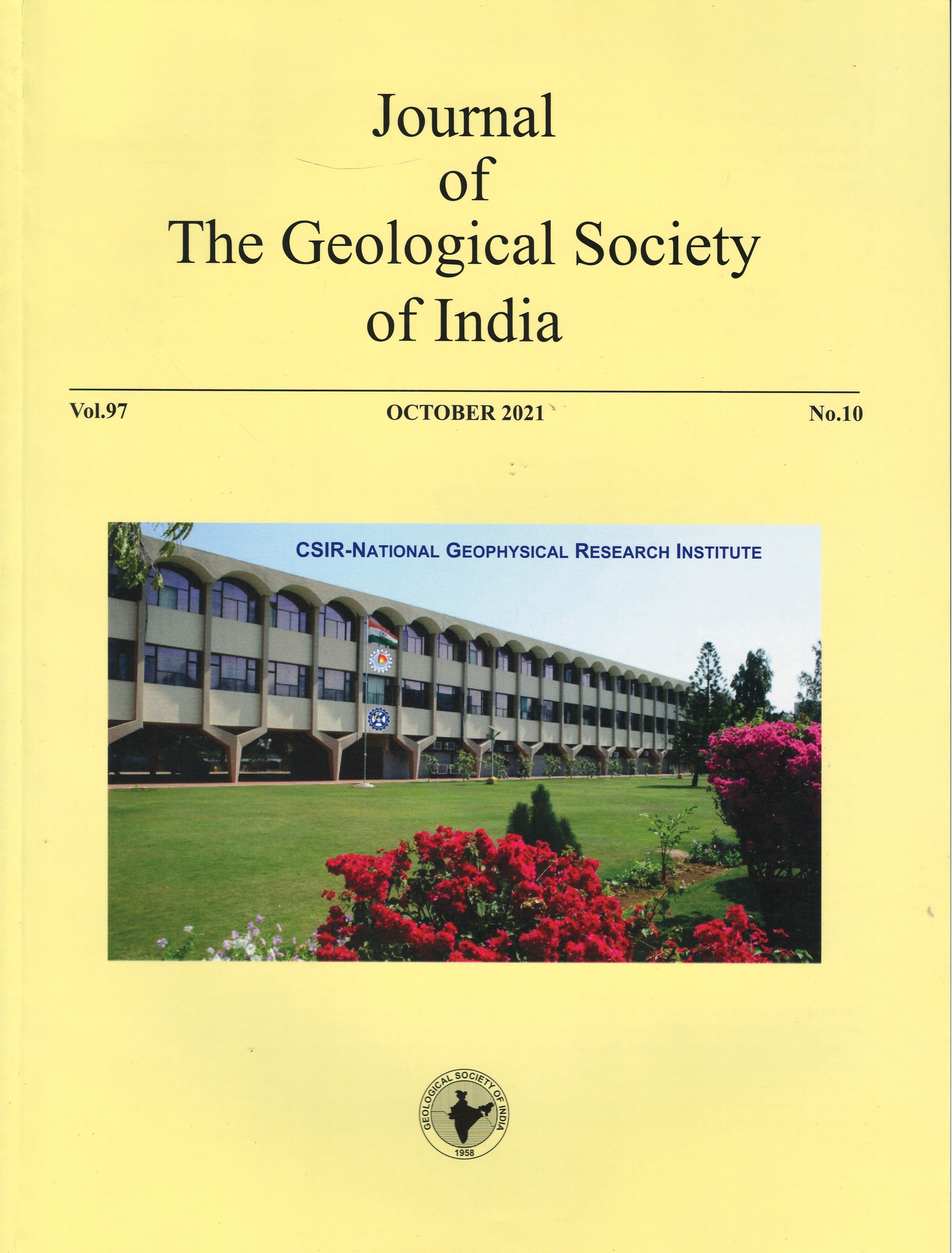Constraining Plate Motion and Crustal Deformation from GNSS Measurements: CSIR-NGRI Contribution
DOI:
https://doi.org/10.1007/s12594-021-1850-8Keywords:
No keywords.Abstract
Geodetic studies of crustal deformation using Global Navigation Satellite System (GNSS, earlier commonly referred to as Global Positioning System, GPS) measurements at CSIR-NGRI started in 1995 with the installation of a permanent GNSS station at CSIR-NGRI Hyderabad which later became an International GNSS Service (IGS) site. The CSIR-NGRI started expanding its GNSS networks after 2003 with more focussed studies through installation in the NE India, Himalayan arc, Andaman subduction zone, stable and failed rift regions of India plate. In each instance, these measurements helped in unravelling the geodynamics of the region and seismic hazard assessment, e.g., the discovery of a plate boundary fault in the Indo-Burmese wedge, rate and mode of strain accumulation and its spatial variation in the Garhwal-Kumaun and Kashmir region of the Himalayan arc, the influence of nontectonic deformation on tectonic deformation in the Himalayan arc, nature of crustal deformation through earthquake cycle in the Andaman Sumatra subduction zone, and localised deformation in the intraplate region and across the paleo rift regions. Besides these, GNSS measurements initiated in the Antarctica region have helped in understanding the plate motion and influence of seasonal variations on deformation. Another important by-product of the GNSS observations is the capabilities of these observations in understanding the ionospheric variations due to earthquake processes and also due to solar eclipse. We summarize these outcomes in this article.

 S.K. Rajewar
S.K. Rajewar






